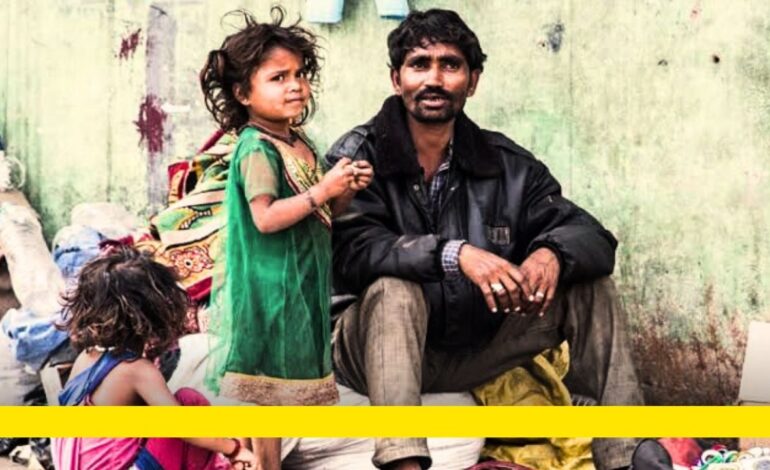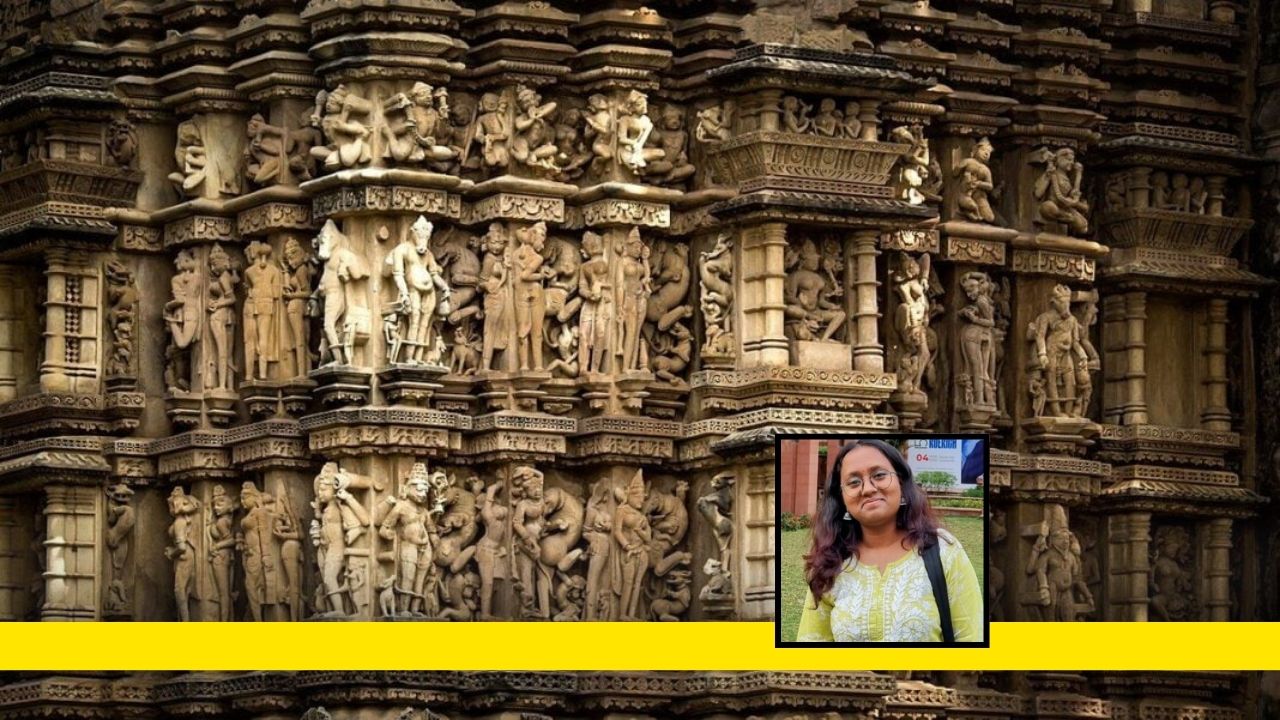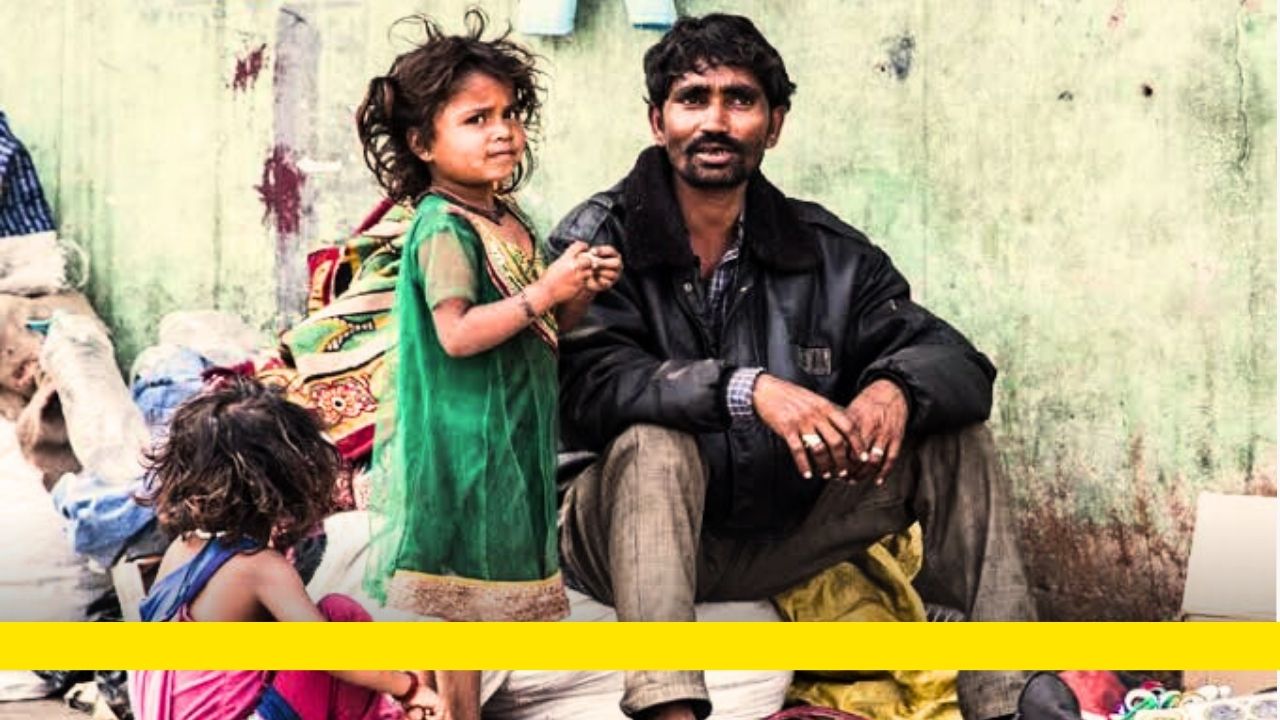
The rich fabric of India’s past is frequently celebrated for its complexity, depth, and profound cultural legacy. Yet, interwoven within this are stories of queerness that have remained largely hidden or overlooked. India’s vast and diversified cultural legacy is filled with stories and artefacts that reflect a complex and often surprising history of gender awareness and sexuality. While current social conventions typically portray queerness negatively, ancient India had a more nuanced and, at times, welcoming attitude towards non-normative sexualities and gender identities.
India has been one of the world’s oldest civilisations. Excavations in the Indus Valley trace it back to 5000 years at least. India’s cultural history includes prehistoric tools and artefacts, the exquisite and extensive construction of forts in the north and temples in the south, the remarkable Hindu temple sculptures of the 9th-century Chandella rulers, and the vast amount of literature on not just topics of trade and rule but also on subjects that encircle the daily lifestyle of the society. The apparent contradictions of Indian states of mind towards sex can be best explained through the setting of history.
One of the fundamental arguments against homosexuality in modern times is that it opposes old Indian values and ethics, and hence it is unnatural. However, that is not the case. India played a significant role in the history of sex, from the mention of “Tritiya Prakriti” or non-normative homosexuality in the Vedic age to pioneering sex education and considering it a science by writing the Kama-Sutra. The Vedas reveal ethical viewpoints on sexuality, marriage and fertility. They mention the types of marriages that were permitted in Indian society and reveal that polygamy was allowed during ancient times. This was primarily practised by the ruling elites.
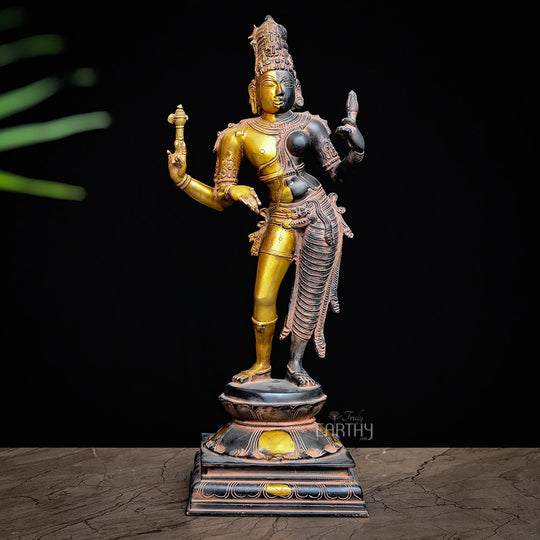
The Mahabharata contains numerous examples of same-sex ‘attachment’. Notably, Shikandini, the daughter of King Drupad and sister of Draupadi, exemplifies this. Raised as a prince to avenge the Kurus, Shikandini, who lived as a transgender warrior, was even married to a woman, highlighting the complex understanding of gender and sexuality.
A third analogy is sex alteration, which is brought about by divine intervention. The Hindu deities were multidimensional and fluid in their form, and one of their remarkable features was ‘their capacity for multiplicity and transformation’. Hence, a divinity might show up in any form – male, female, fixed or nonhuman form. Ardhanarishvara is a form of Shiva who is depicted as half-male and half-female. It represents both masculine and feminine energies of the universe.
Another powerful myth comes from the Bhagavata Purana, where Vishnu transformed into the female form of Mohini. In South Indian traditions. Mohini unites with Shiva, and their union gives birth to God Ayyappa. This is not just a tale of divine illusion but rather reveals the nature of gender transformation and fluid desire. Mohini stands as a divine embodiment of gender variance.
These narratives are not isolated to myths alone. Sangam literature, the classical poetic corpus, presents another elusive but significant layer of queerness in the ancient past. Sangam literature is divided into akam and puram poetry, and many akam poems portray intense emotional intimacy between individuals of the same gender, especially women. These are not always explicitly sexual, but the tone of the verses leaves room for queer readings. The lack of rigid morality in Sangam literature provides a more flexible ground to understand gender and desire beyond societal frames.
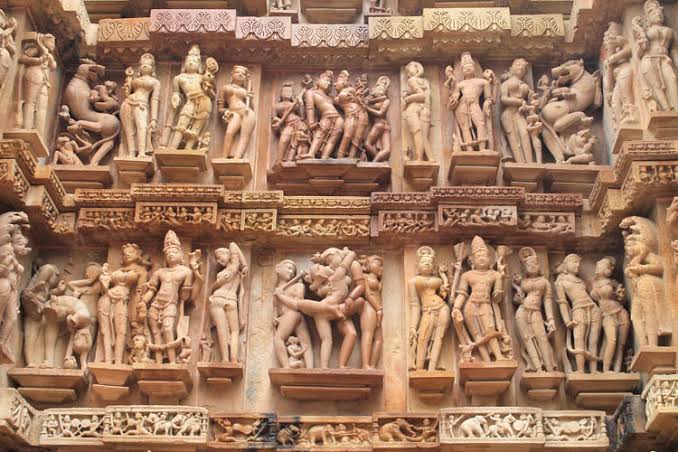
Beyond manuscripts, the idea of queerness in ancient India finds concrete expression in public spaces like temple art and architecture. The temples of Khajuraho, Konark, and Modhera are renowned for their intricate carvings that depict a wide range of human and divine sexuality, including gender-fluid imagery. The existence of these sculptures in sacred spaces reflects a pre-colonial cultural openness of gender diversity. These depictions stand in stark contrast to the erasures imposed by later foreign moral frameworks.
The Manusmriti, an ancient legal text, bans homosexuality and suggests various punishments for those who indulge in same-sex relations. Similarly, the Arthashastra, a book on politics, advises the king to punish those who indulge in acts of homosexuality. Considering this, we can say that homosexuality was known in ancient times, but it was officially discouraged.
However, it seems that the arrival of British colonial rule intensified the criminal perception. The British Victorian society did not allow space for a new approach to sexuality. This led to the introduction of Section 377 of the Indian Penal Code in 1861, criminalising homosexual acts, deeming them unnatural. This law was in utter contrast to the more fluid and accepting attitudes of ancient Indian texts.
The repercussions of colonial laws have been profound and long-lasting. Over the next century, Section 377 perpetrated violence against the LGBTQ+ community in India. It was first decriminalised in 2009, but only a few years later, the previous ruling was put under review, and homosexuality was criminalised again in 2013.
More recently, in 2018, the ruling was put under review a second time and concluded homosexuality to be legal again and that discrimination based on sexual orientation was a violation of fundamental rights.
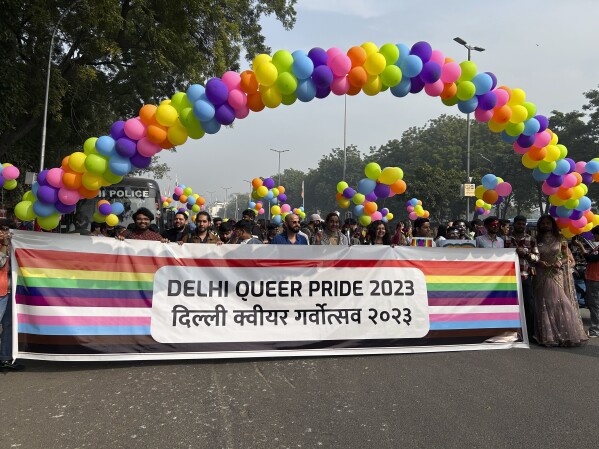
Yet, despite legal advancements, societal attitudes towards the matter have not changed. Many LGBTQ+ individuals still face discrimination and prejudice in their daily lives. However, recent years have seen a rise in LGBTQ+ activism and greater visibility, fostering a slow but steady shift towards acceptance.
Addressing the historical and contemporary contradictions in Indian attitudes toward sexuality requires a deeper awareness of its rich cultural heritage and the impact of external influences. By reclaiming and celebrating the more inclusive aspects of its ancient past, India can continue to make strides toward a more accepting and equitable society for all its citizens. The journey toward full acceptance and equality is ongoing, but the foundation laid by historical acknowledgement and legal reforms offers hope for a more inclusive future.


